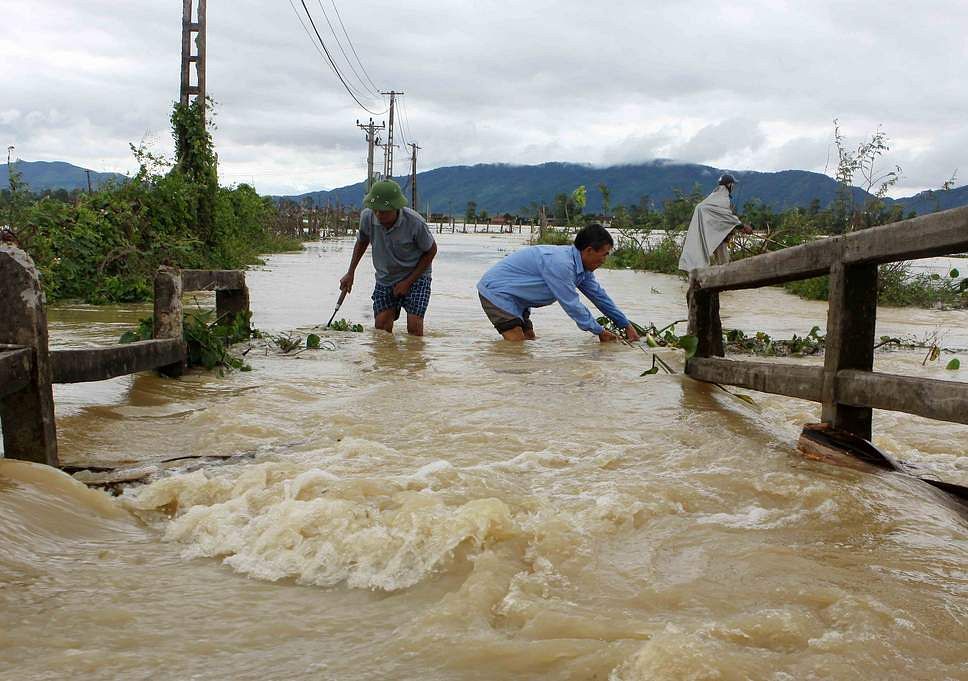China has begun operating three new nuclear power plants near its border with Vietnam, raising safety concerns in the event of an accident.
The three plants are located in Guangxi, Hainan and Guangdong provinces, reports Tuoi Tre. Fangchenggang Nuclear Power Plant, situated in Guangxi, is just 50 kilometers from Vietnam's Quang Ninh province.
The International Atomic Energy Agency (IAEA) states that areas within 300 kilometers of a reactor must be prepared for a nuclear radiological emergency, according to the news source. Large sections of northern Vietnam lie within this zone.
Therefore, the Vietnam Atomic Energy Institute (VINATOM) has called for the creation of a radioactivity surveillance system, VnExpress reports. Nguyen Hao Quang, vice director of the institute, told VnExpress the government had already approved such a system in 2010, however no progress has been made since.
Quang was quoted as saying the Chinese plants call for "emergency" actions. "With the very strong nuclear activity in China across the border, we suggest that checkpoints be set up in the area to promptly detect any impacts," he said, according to VnExpress.
The plan for the surveillance system includes a control center and four regional centers operated by the Ministry of Science and Technology, 16 monitoring stations run locally and one radioactivity reconnaissance system handled by the Ministry of National Defense, Tuoi Tre explains. In total, this would cost around VND1 trillion (US$44.6 million).
Experts have determined that weather patterns would leave Quang Ninh, Lang Son, Lao Cai, Hai Phong, Nam Dinh, Nghe An and Hanoi as the most vulnerable areas in case of an accident at one of the Chinese plants.
Quang, from VINATOM, further argues for a country-wide system, telling Tuoi Tre: "Radiation is invisible and knows no border. Even if Vietnam doesn't have any nuclear power plants of its own, we still need to establish a national network of radiation monitoring and warning, considering the fact that we are neighbors of countries that already have or are planning to have nuclear plants such as China, Thailand, Indonesia and Cambodia."
Vuong Huu Tan, head of the Vietnam Agency for Radiation and Nuclear Safety, also emphasized the need for China to share information on its plants with Vietnam. Both countries are party to the Convention on Nuclear Safety, which allows member countries to demand status updates on any plant from another member, according to VnExpress.
Earlier this afternoon, Ministry of Foreign Affairs spokesman Le Hai Binh echoed this sentiment, calling upon Vietnam's northern neighbor to openly share nuclear power plant information, reports Tuoi Tre.
China is planning to expand its nuclear power network to 170 plants by 2050, the IAEA reports. Currently, the nation is funding the development of the world's smallest nuclear power plant, a device which would fit onto a shipping container and could potentially be installed on one of the disputed East Sea islands, according to CNBC.
Meanwhile, Vietnam has two plants of its own on the drawing board. Russia and Japan will provide technical assistance for the plants, which will be built in Ninh Thuan Province, but construction has been delayed until 2020.
[Photo via Flickr user Shubert Ciencia]














